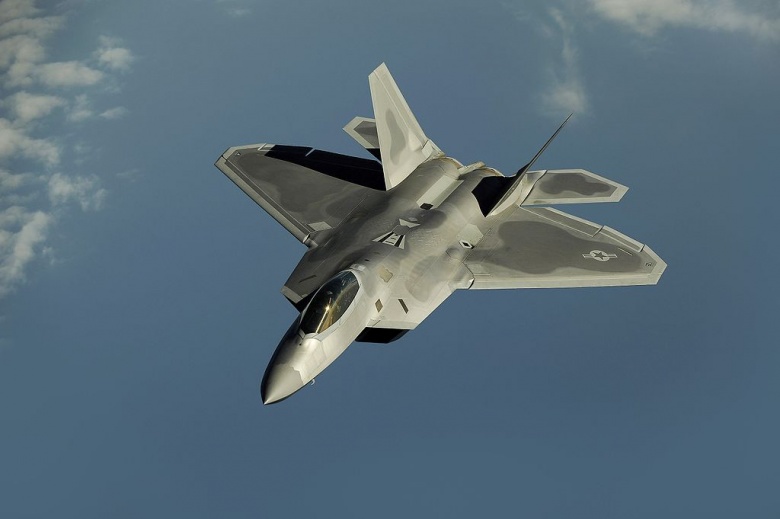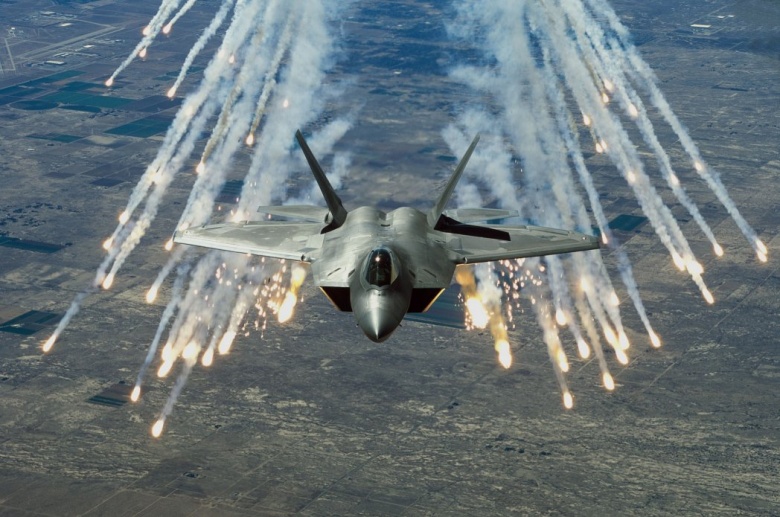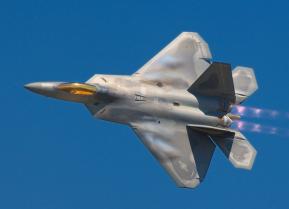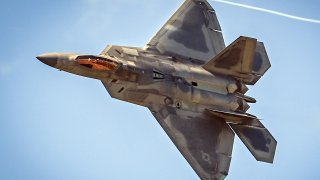F-22 Raptor: Could This Stealth Fighter Retire?
The F-22 Raptor is trending toward the scrap heap. The Air Force tentatively plans to retire the world’s first operational fifth-generation fighter in the 2030s.
The F-22 Raptor is trending toward the scrap heap. The Air Force tentatively plans to retire the world’s first operational fifth-generation fighter in the 2030s.
According to aviation expert James Smith, who shared his knowledge with the Quora community, “The USAF wants to retire the F-22 beginning around 2030 mainly due to two reasons: the F-22’s high operating costs, and the F-22’s obsolescence in a number of areas.”
F-22 is too expensive
Let’s first consider the F-22’s high operating costs. Here’s Smith’s take: “With regards to high operating costs, the F-22 fleet was not produced in sufficient quantities to replace the F-15, and therefore its logistics and supply chain do not benefit from economy of scale as much as jets like the F-16 and the F-35. The F-22 also uses legacy stealth materials that increase maintenance costs; properly retrofitting the F-22 with the F-35’s more durable full material stack is also not possible without replacing the composite panels of every F-22. These composites are not the same, so the structural strength of the jet and possibly the thickness of its skin would be affected, requiring recertification of its life limit and likely some redesigns of panels and doors to accommodate altered geometry.”
F-22 is becoming obsolete
Now let’s consider the F-22 obsolescence, which seems counterintuitive given that the F-22 is one of the only fifth-generation fighters in service anywhere. But the F-22 is already almost three decades old, and it has issues with range, avionics, and stealth technology.
Again, here’s Smith: “For range, the F-22 was designed primarily for fighting in Europe and turn of the millennium era threats, and so its combat radius of approximately 590 nautical miles (less with any use of supercruise) is not ideal for a war with China. This is because jets may need to be flying from locations like Guam and relying on tankers only ~400 nautical miles (if F-22s are supercruise behind the F-22’s, which would then be threatened by new very long range missiles and enemy stealth fighters that may be able to slip sufficiently far past fighter screens to take those tankers out.”
None of this is ideal, especially when you consider that the F-35 has a combat radius of 760 miles, with an engine in development that would boost the combat radius to 1000 miles.

The F-22’s avionics are outdated, too, which is increasingly important as combat becomes more dependent on computer systems and less dependent on aerodynamics and maneuverability.
“For its core avionics the F-22 is considerably hampered by old ADA code with limited modularity, being run on old processors,” Smith explained. “Because the software isn’t very modular or open, adding a new sensor requires a lot of extra work. For the F-22 to outperform jets like the J-20 into the 2030s and beyond, it needs to keep up by getting a helmet mounted display, a panoramic cockpit display, updated electronic warfare systems, long range infrared sensors, updated communications systems, improved sensor fusion, and combat ID systems, etc.

The F-22 won’t be retired overnight, but the world's first fifth-generation fighter probably won’t be in service all that much longer.
About the Author
Harrison Kass is a prolific defense writer with over 1,000 published articles. An attorney, pilot, guitarist, and minor pro hockey player, Harrison joined the US Air Force as a Pilot Trainee but was medically discharged. Harrison holds a BA from Lake Forest College, a JD from the University of Oregon, and an MA from New York University. Harrison listens to Dokken.
All images are Creative Commons.


